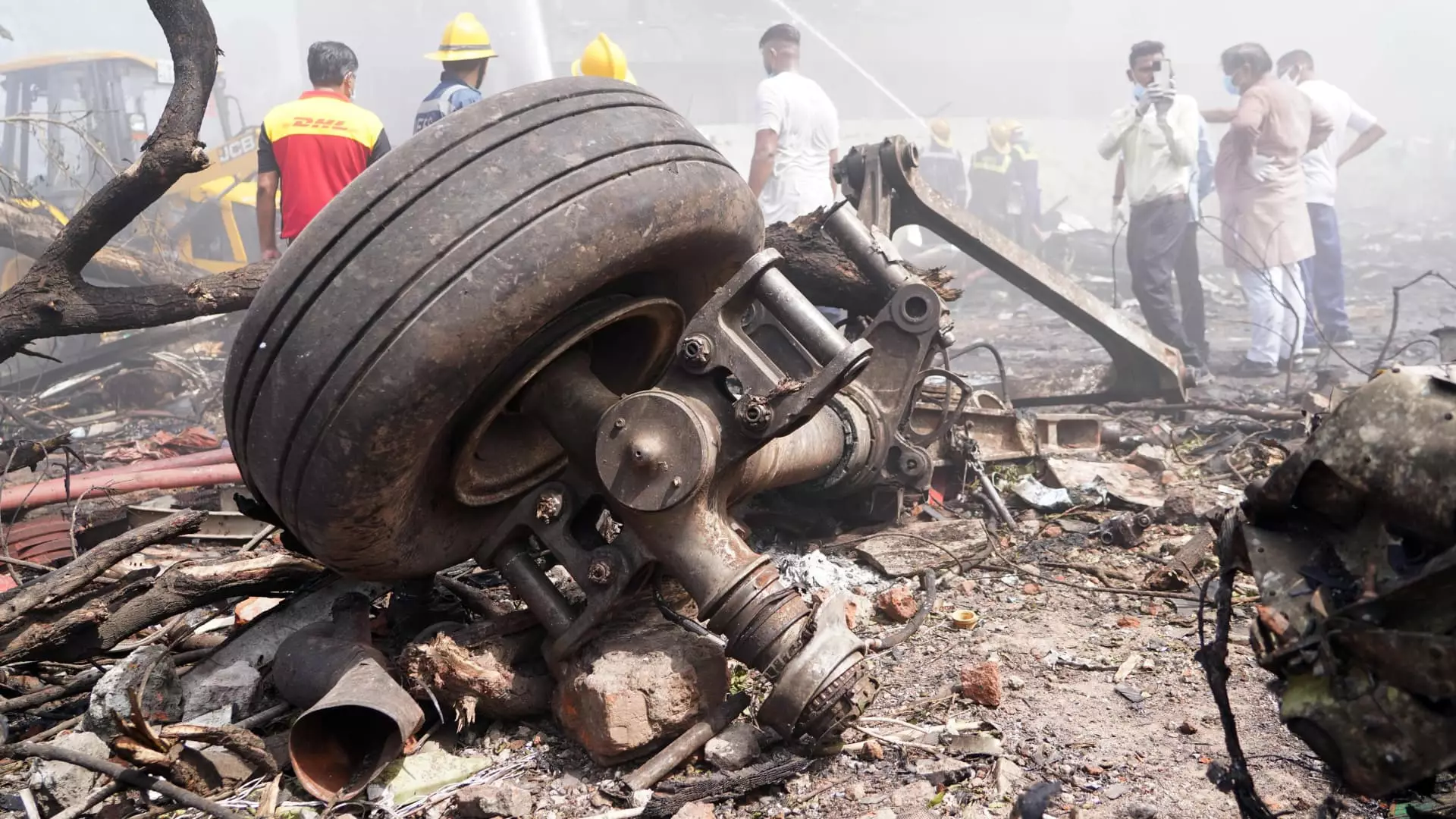The recent tragedy involving an Air India Boeing 787 Dreamliner bound for London—resulting in the horrifying loss of 241 lives—has drawn a sharp focus on both the fragility of human life and the far-reaching implications of modern aviation technology. This disaster, marking the first crash of a Boeing 787, has sparked a wave of investigations and inquiries that prompt significant concern about the airline industry, the aircraft manufacturing giants, and the systems intended to keep passengers safe.
It’s easy to get caught up in the excitement of aviation advancements and the glossy brochure boasts of modern aircraft promising safety, efficiency, and luxurious travel. But behind the veneer lies a complex web of human error and potential corporate negligence that can unfold in the blink of an eye. The tragedy wasn’t a mere mishap; it was a brush with the very real risks that come hand in hand with technological progress.
Understanding the Technical Wildcard
The peculiar circumstances surrounding the crash raise urgent questions: how could an ostensibly reliable, well-tested aircraft suffer such a calamitous failure? Eyewitness reports indicate that the plane lost contact barely a minute after takeoff, descending from its initial altitude of 625 feet into a fireball before crashing in a dense residential area of Ahmedabad. Such rapid loss of height should have been impossible for an aircraft of its pedigree. As the aviation community holds its collective breath, details begin to sift through the rubble.
Were there mechanical issues? Pilot error? Or perhaps, in a more unsettling scenario, a convergence of multiple small failures that led to this devastating event? Experts already suspect that mechanical flaws may not be to blame, given the aircraft’s lengthy operational history since its induction to commercial service in 2013. However, this should not provide comfort; if anything, it heightens the concern that factors beyond simple maintenance checks could be at play.
The Corporate Responsibility Conundrum
Boeing and GE Aerospace have not emerged unscathed in the court of public opinion. As the fallout from this incident unfolds, questions about the integrity of Boeing’s manufacturing processes loom large. Reports of earlier production flaws, combined with whistleblower allegations that the company may have cut corners, threaten to undermine the credibility of Boeing’s once-stellar reputation.
Too often, the human element in these corporations finds itself swept aside in the relentless pursuit of profit. When a company prioritizes efficiency over safety, the consequences can be catastrophic. Boeing’s history with both the 737 Max and now the Dreamliner raises uncomfortable questions about corporate ethics, accountability, and the systemic pressures that lead engineers to overlook critical flaws.
Passenger Trust: An Eroded Foundation
The fallout from this crash ripples further into the realm of public perception. How much confidence can passengers place in an airline or its aircraft when faced with an incident of this gravity? Trust is the cornerstone of the airline industry; each flight relies on passengers’ faith that the airline’s safety protocols will prevent tragedies. When incidents like these occur, that foundation of trust crumbles.
Airlines, while scrambling to reassure their customers, must navigate a treacherous landscape where consumer confidence is shaken. Will potential passengers opt for trains, cars, or other modes of transport instead? As sanity takes precedence over convenience, the impact on the industry could be profound.
The Need for Comprehensive Investigations
As investigations unfold, numerous avenues will be examined: maintenance protocols, pilot training, and even prevailing weather conditions at the time of the incident. The tragic reality is that air crashes often have multiple contributing factors; the interdependence of technology and human operation carries heavy implications. As the dust settles, it is crucial that the findings from the so-called black boxes lead to holistic changes rather than mere lip-service reforms that leave consumers feeling vulnerable.
Moreover, it is essential that regulatory bodies enforce stringent oversight on aviation industry practices and ensure that safety standards are upheld without hesitation. This incident serves as a dire reminder that the complex ballet of modern aviation is often marred by the risks associated with negligence, assumptions, and compromises.
In dissecting this incident, it becomes clear that the tragedy is not merely a consequence of technology’s limitations but reflects societal choices surrounding accountability, ethics, and the very economics of flying. The aviation industry’s path forward must now be one paved with dedication to safety, scrutiny, and an unwavering commitment to ensuring that such nightmarish events never repeat.

